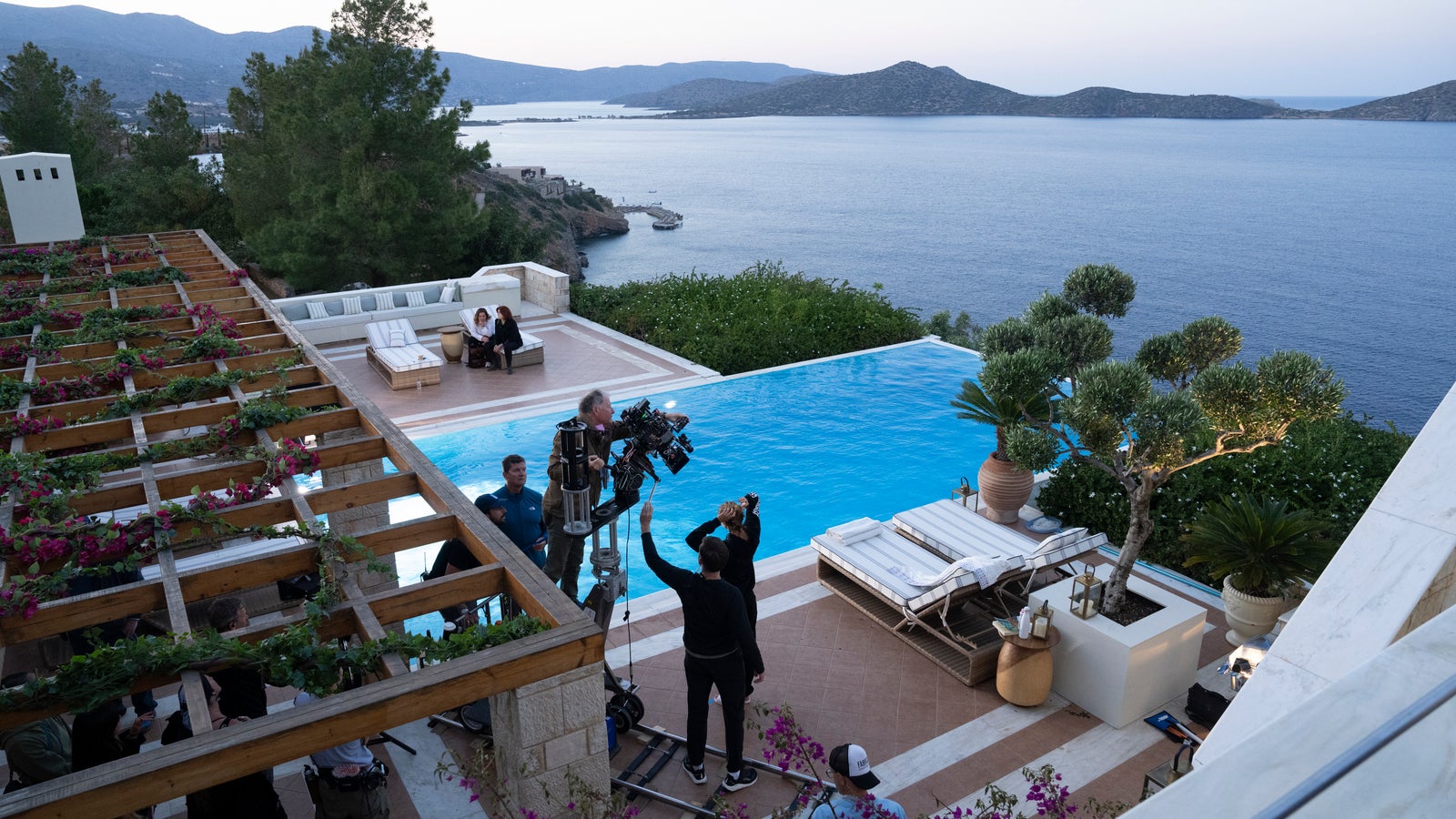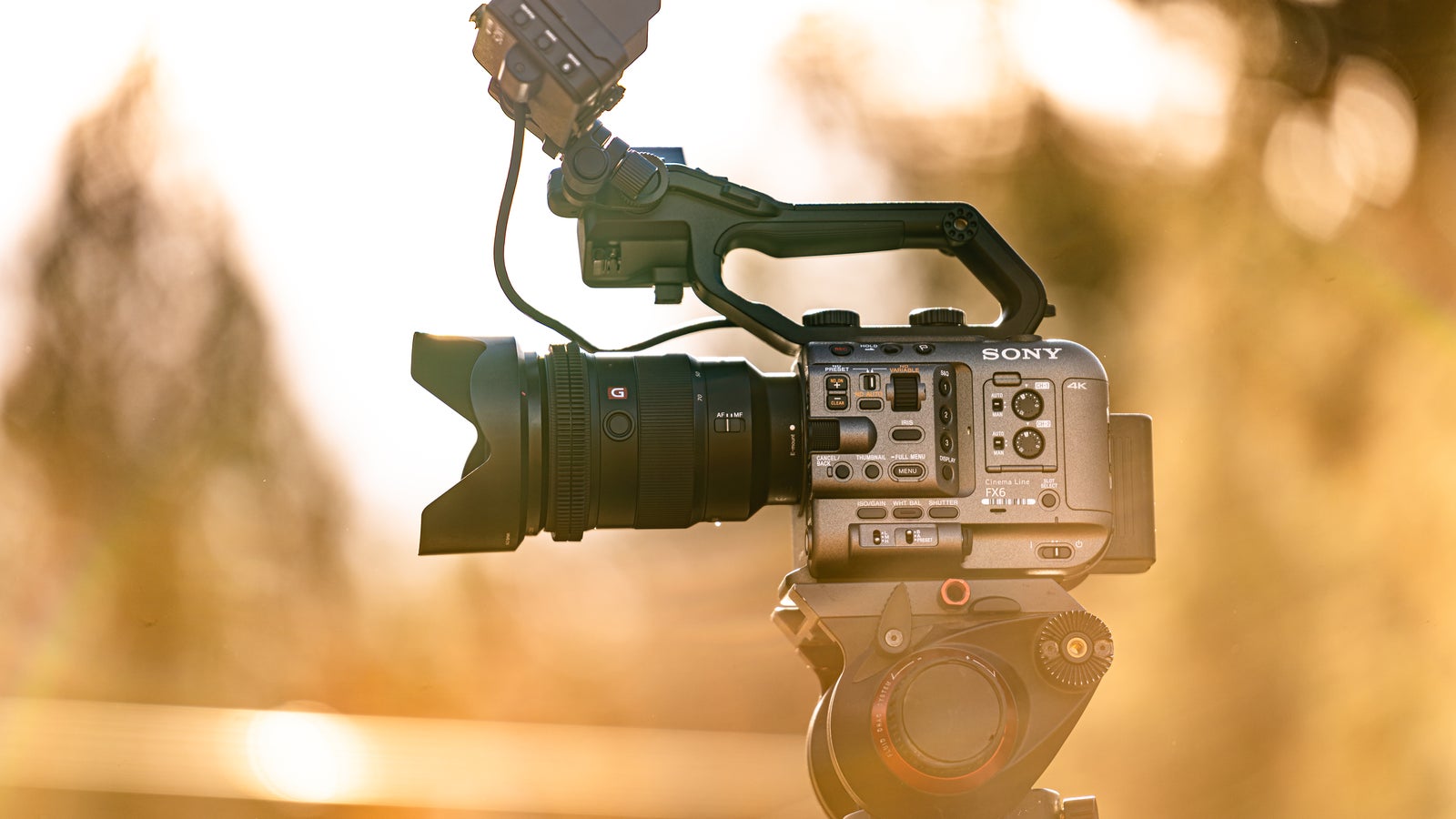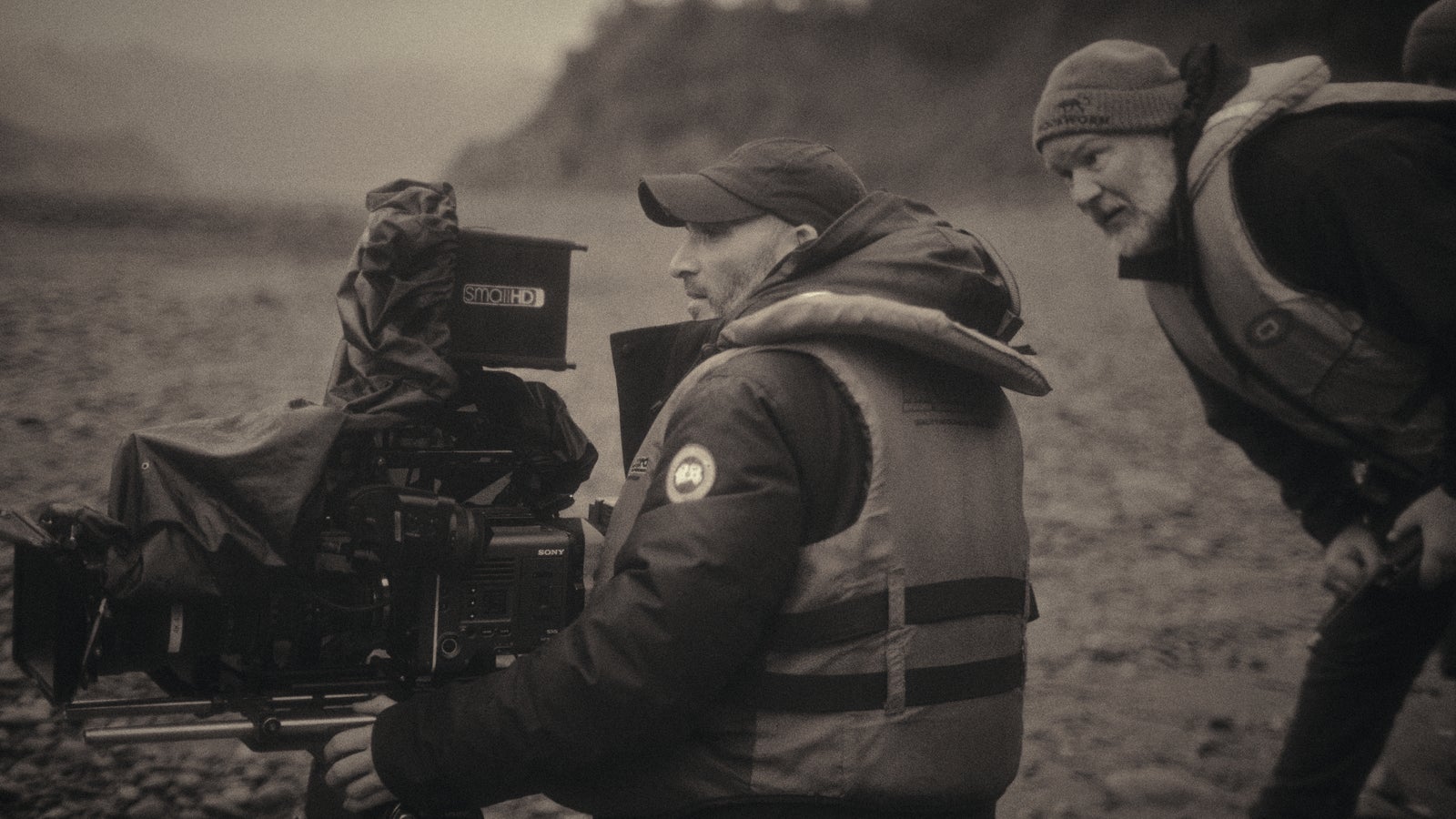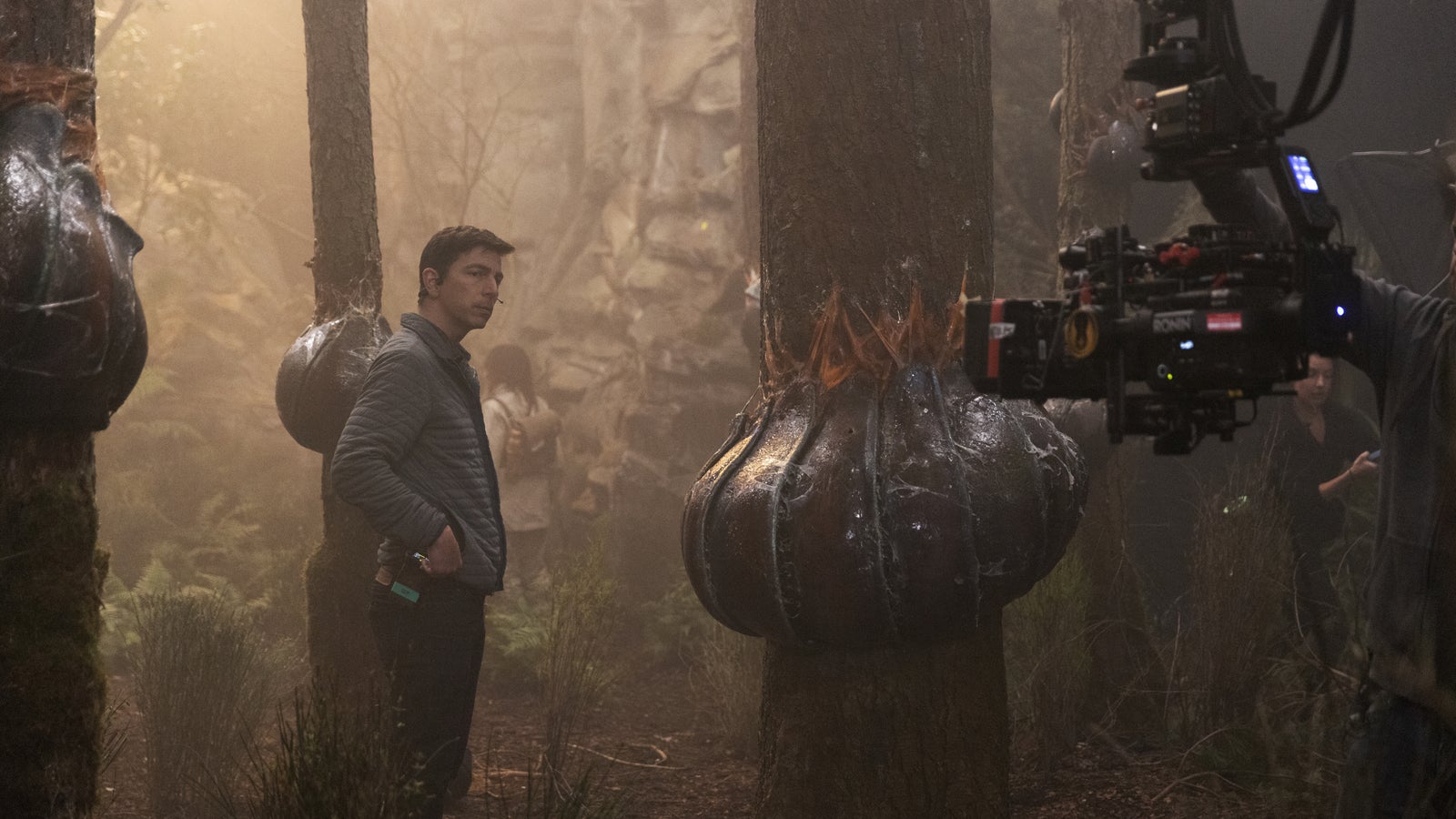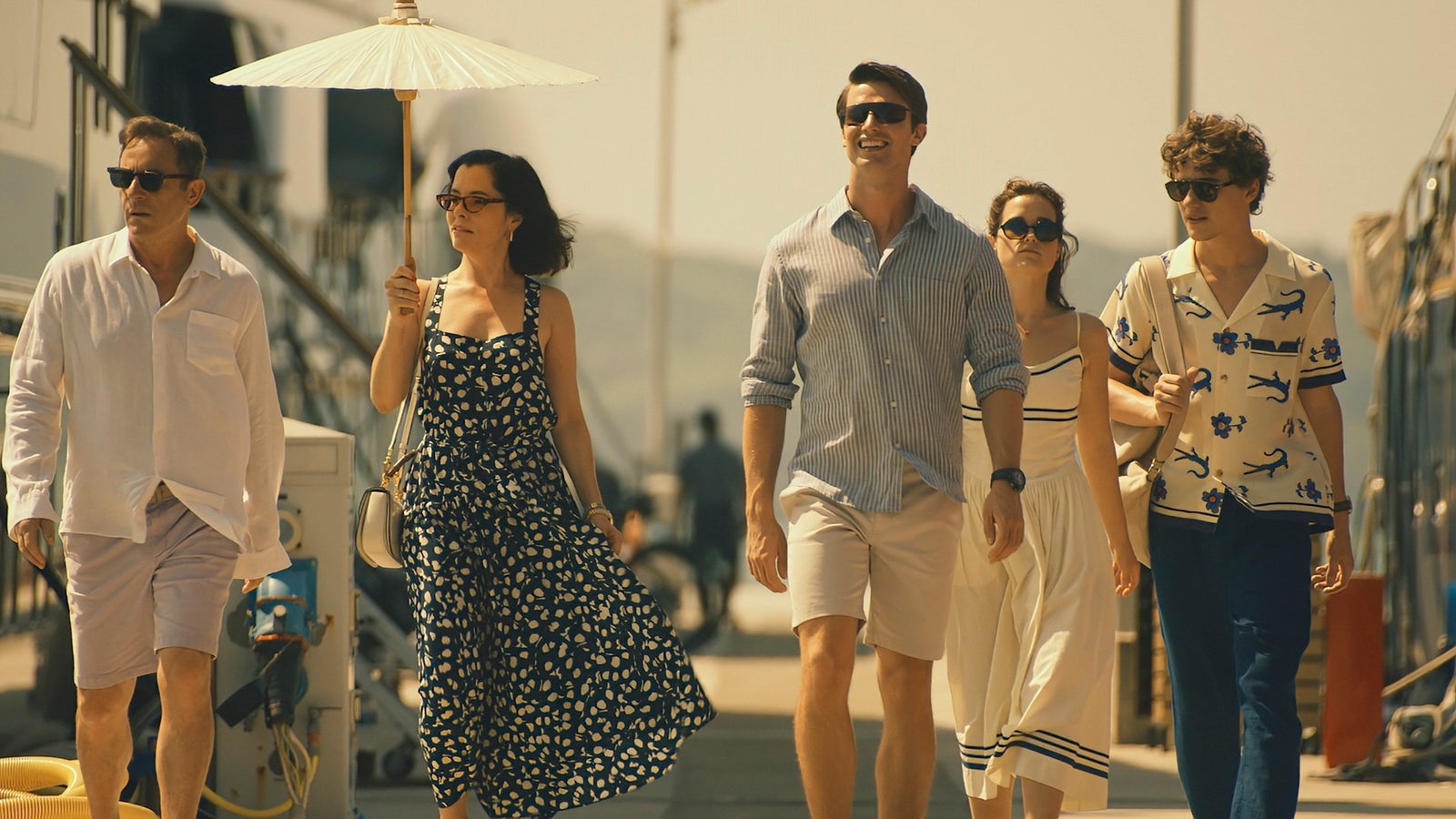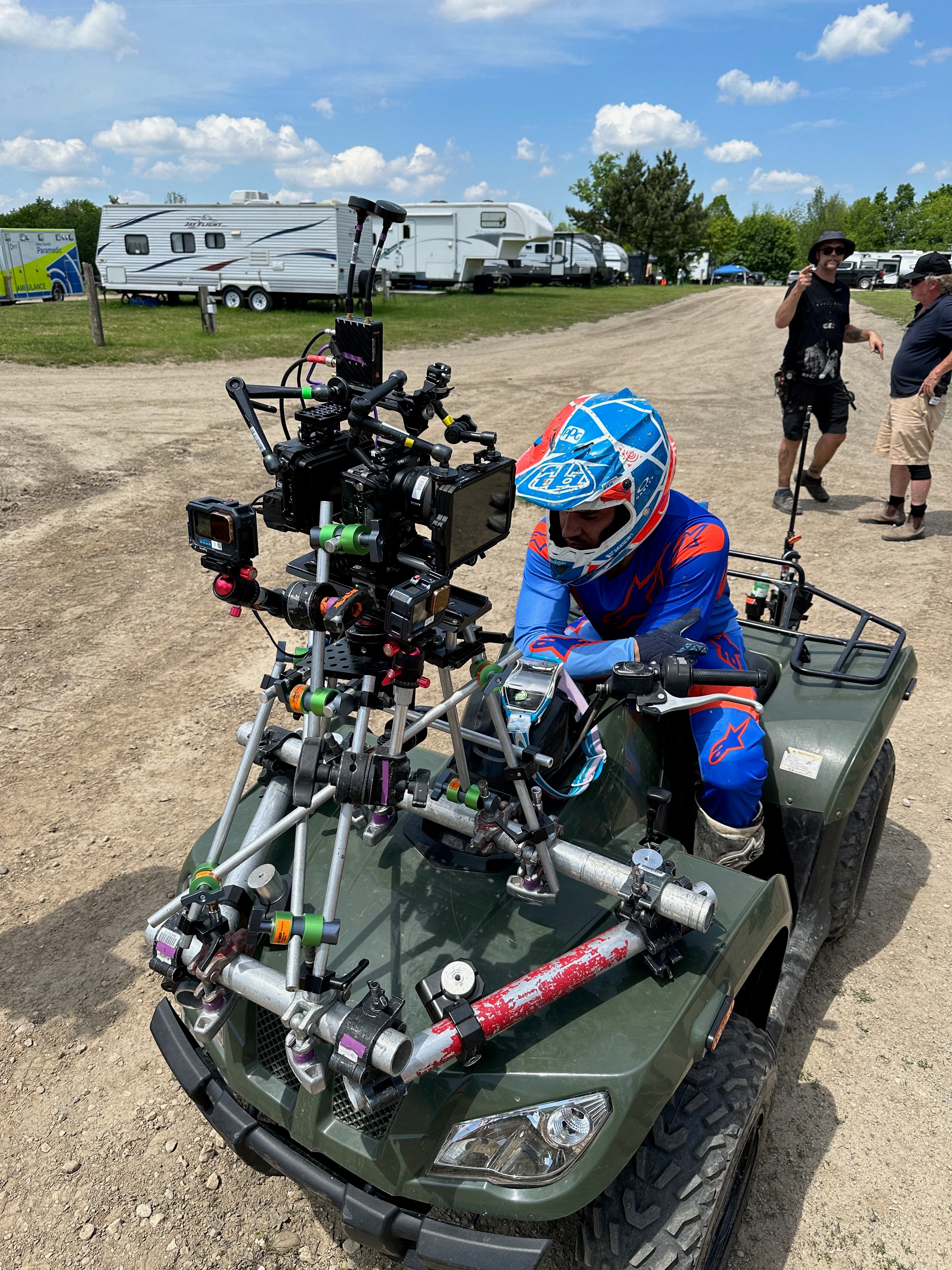
06-23-2025 - Filmmaker Interviews
Colin Hoult, CSC, ASC, Illuminates the Different Worlds of Motorheads with the Sony VENICE 2
By: Yaroslav Altunin
Cinematographers are craftsmen who can define a genre and expertly transform their workflow to fit any story, often preferring to bring their creative approach to a wide range of projects, and never content staying in one place too long.
Award-winning DP Colin Hoult, CSC, ASC, is one such cinematographer. Unaligned to a specific genre, he has captured projects such as Covert Affairs, FUBAR, Star Trek: Discovery, and The Strain.
This made him a perfect fit for Motorheads, a coming-of-age series about street racing, streaming on Amazon Prime. With extensive night shoots and elaborate racing sequences, Hoult combined the Sony VENICE 2 and Sony FX3 to create a show that celebrates camera movement and vibrant lighting.
Sony Cine sat down with Hoult to learn more about his creative approach, his approaches for lighting nights and days, and how the VENICE 2 and FX3 made it all possible.
Filmmaker Interview: Colin Hoult - Shooting 360 Degrees with the Sony VENICE 2
To create the show's look, Hoult and pilot director Neil Berger needed to balance the wild world of street racing with the fun but often turbulent stories of growing up in high school. The creative team would also need to tackle a wide variety of night scenes, thrilling street races, and an ensemble cast.
"John Norris, our showrunner, Neil Berger, our director, and myself started speaking very early on about a very handheld, natural style that the whole show would take on," Hoult said. "We wanted the lighting to feel very natural and inspired by practical lighting in the sets or on locations and finding the right time of day whenever we could instead of fighting against nature."
Shot during the summer months, Hoult and the creative team would fight against the clock, forcing them to shoot quickly and efficiently during the short nights. Leaning on the Sony VENICE 2 and FX3, the cinematographer found that he could light scenes using practicals and LED lighting units and let his operators, Dino Lorenza and Mike Carella, move freely within a scene.
"What was wonderful about the VENICE 2 was that we could lean into using the practical lighting on sets, and in conjunction with the latest in dimmer board control and LED lighting, we could create a world where we were free," Hoult explained. "The camera operators were free to move around the sets and move with the actors."
Unlike natural light sources during the day, night scenes were motivated by practical lights found on location above more natural sources like the moon. Using camera movement and a diverse color palette, Hoult weaved these distinct worlds into a cohesive story.
"We also have a crime element, and we handle that a little differently in terms of the color palette," Hoult said. "We gave the different worlds slightly different colors and different motivations to the camera movement."
The camera and art departments worked closely together to ensure that all of these elements were balanced from a story perspective, creating a set that moved quickly and gave actors room to explore.
"We spent a lot of time working with our production designer, Kate Ferry," Hoult said. "She was fantastic and instrumental in building sets that allowed us to move around and use the feeling of natural light— through well placed set windows and different practical sources—in a way that we could get the different looks of our different worlds."
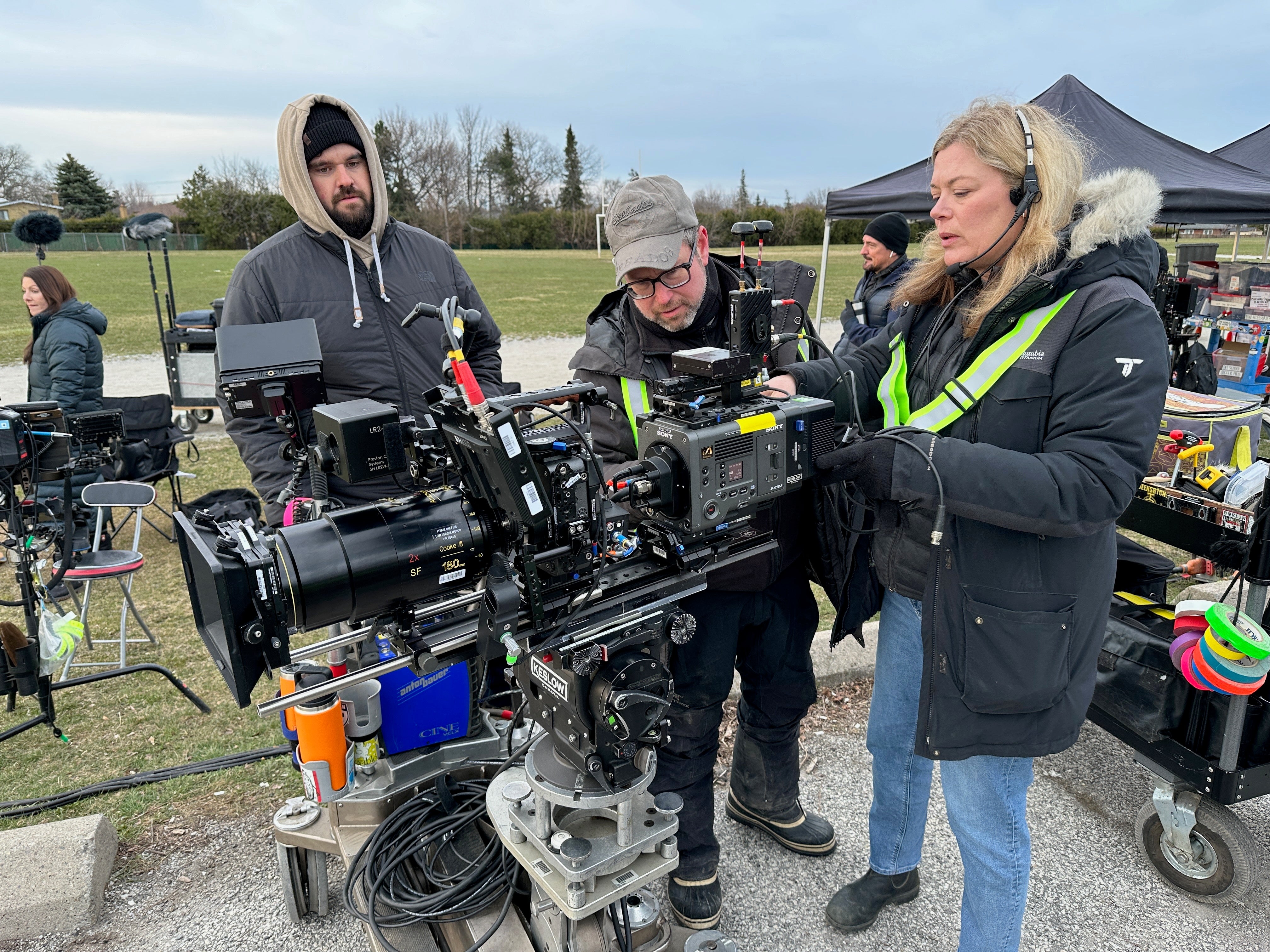
Filmmaker Interview: Colin Hoult - Unifying the World of Motorheads with the Sony VENICE 2
As the main camera for the series, the VENICE 2 offered Hoult flexibility not only in lighting but also in his rigging. The camera's higher sensitivity allowed Hoult to capture more at night, even at a higher T/stop. And with the VENICE Extension System, the camera could be mounted almost anywhere.
"I worked with the VENICE 2 previously on FUBAR, and I had used the VENICE on A Cabinet of Curiosities and Chucky, so I was really familiar with how the camera worked and what the VENICE 2 could bring to the project," Hoult shared. "Knowing what its capabilities were freed me up to use a lot less light or work with larger amounts of depth of field by utilizing the 3200 ISO."
Motorheads was captured using Super 35 Cooke SF anamorphic lenses at 5.8K in a 2.0:1 aspect ratio. With the higher sensitivity and built-in ND filters, Hoult utilized the entire range of T/stops, opening all the unique optical characteristics of the range.
"Cooke anamorphic lenses have wonderful character and function a little differently at different T-stops in terms of their optical qualities," Hoult continued. "So, using the VENICE 2, not necessarily to always shoot wide open with hardly any light, but also being able to work at T-stops like T5.6 and T8 in low light, and be able to work with first assistant camera David Nardi to hold splits between characters, or utilize longer lenses and allow for freedom of action, without having to worry about focus and shoot rehearsals, definitely helped the look of the show."
"[This workflow] allowed us to see further during large night exteriors," Hoult added. "I could put bigger lights further away and carry exposure across longer distances, which came in handy when filming over a quarter-mile race at night."
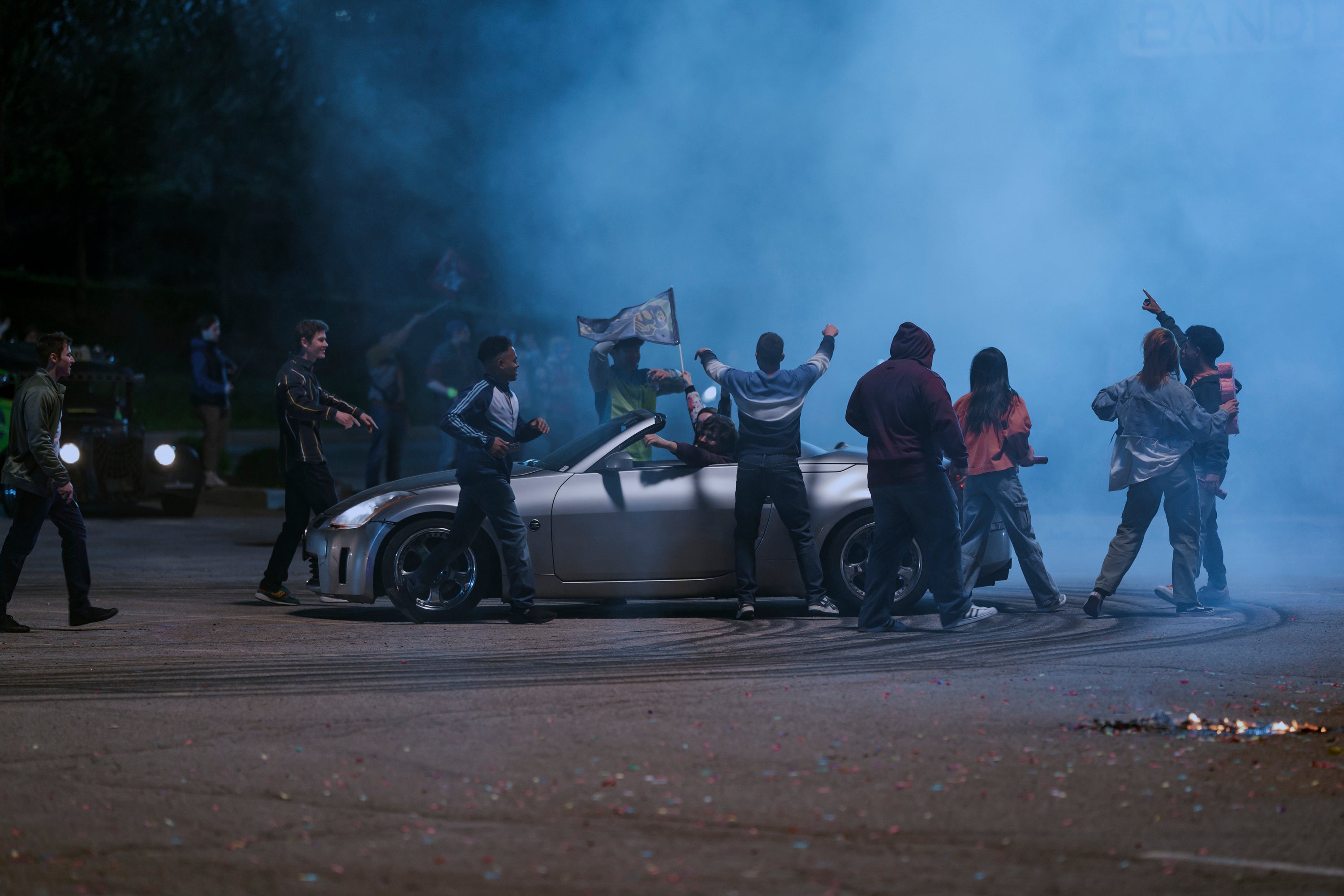
The VENICE Extension System was used for several scenes and was built to allow the camera assistants to reattach the Extension Module to the camera rig. However, Hoult decided to use the Sony FX3 instead for much of the driving sequences.
"We used the Rialto mode on a few occasions to be able to put the camera in places where it wouldn't have been able to fit otherwise, but we also utilized the Sony FX3 with a PL adapter," Hoult said. "We would sometimes use the Sony G series lenses and use their autofocus to allow us to have stunt performers operate the camera in a moving vehicle in the middle of a race."
"The VENICE was always the main camera, but it intercut perfectly with the FX3," Hoult continued. "I used ISO 12,800 [on the FX3] but rated it at about 6400."
"That gave me plenty of room in terms of focus on shots where the camera might be a lock off on the side of the road or in the hands of a stunt performer, getting us an angle that we couldn't have possibly gotten in that moment without putting the focus puller and the camera operator in harm's way."
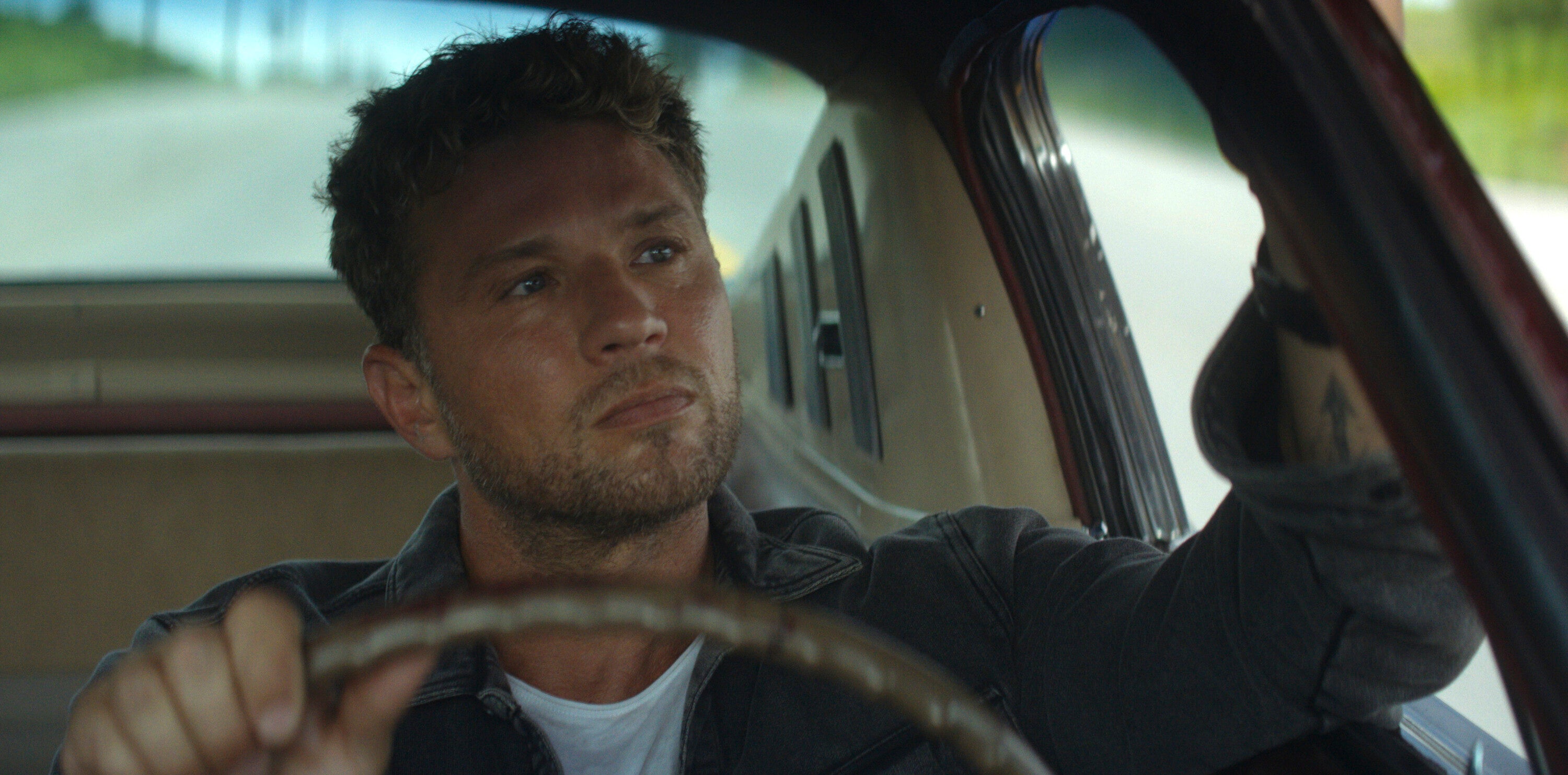
Filmmaker Interviews: Colin Hoult - Tackling the Challenges on Motorheads
One of the sequences that posed the biggest challenges for Hoult occurred at night during a quarter-mile race. With only two 7 hour long nights to shoot everything, the cinematographer needed to light the entire stretch of road.
"The most challenging scene was the final race between Zac and Harris," Hoult said. "This had to happen at night across almost half a mile of road, and we only had one night with the main unit and one night of second unit to accomplish the whole race."
"Being able to use the VENICE 2 with a long lens at a relatively deep stop, like T4 or T5.6, or be able to do slow motion work, such as 90fps or 72fps, across those long distances was really great."
To keep the actors safe and focused on the scene, the car interiors were shot on a volume stage at Toronto-based 2D House. And to bring the world of Motorheads to life on a virtual set, Hoult once again relied on the VENICE 2.
"We shot most of the car interiors in a volume, especially the last few races in the season," Hoult said. "We actually shot some of the plates with the VENICE 2 as well. When we were in the volume and we put the image from the VENICE 2 up on the wall, it blew everybody's mind because it looked so incredible and dimensional, even on a huge screen like that."
"It helped us put the actors in the action by shooting in the volume and having all those background plates playing reflections on the car and really informing light in the car interiors."
In one of the series' final episodes, Hoult combined the VENICE's high sensitivity and 360-degree lighting approach with a dimmer board, crafting a technique that mimicked theater.
"The race between Zac and Ray took place at a racetrack," Hoult said. "And we got to use all sorts of tools, including drones and camera cars with three VENICE 2s and two FX3s."
"We did a lot of 360 shots working with my gaffer, Phil Estevez, and his board operator, Rory Whelan,” Hoult added. “We placed lights surrounding the perimeter of the track to act as practical lighting and would dim out sections of the racetrack lighting behind camera as we raced around it to keep control of contrast, so we didn't have too much front light or camera shadows all over the actors or race cars."
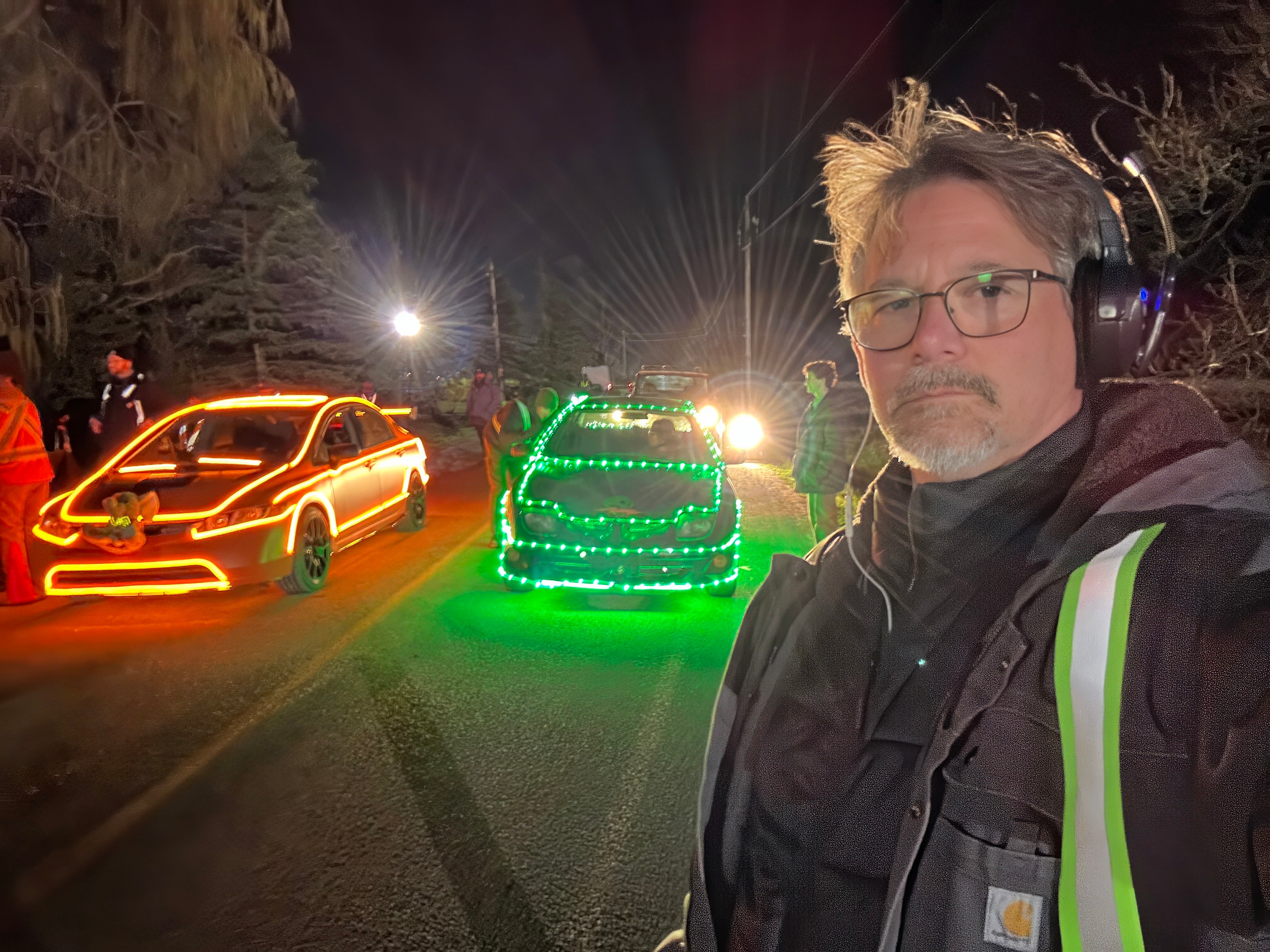
Filmmaker Interview: Colin Hoult - Setting a High Bar and Meeting Expectations
Motorheads is a show that demanded a lot from the creatives, both in front of and behind the camera. However, with a unique approach to lighting and a camera system that allowed for freedom of movement, both the actors and camera operators found opportunities for creativity.
"We're expected to do so much, and there's such a high bar for quality now in terms of the images we're creating," Hoult said. "Having a great board operator and a great lighting team is super important. And with a camera like the VENICE 2, it frees you up to be able to give the director everything they want."
"We feel like we can take risks, and we know the camera's always going to be there for us," Hoult said. "It has such fantastic color rendition and such amazing latitude. Coupled with the ND system that's built into the camera, it lets me regulate my depth of field from shot to shot or even take to take with the push of a button, remotely from the DIT cart."
You can catch Hoult's work on Season 1 of Motorheads now streaming on Amazon Prime. To learn more about the Sony VENICE 2 and Sony FX3, check out our camera comparison chart here.
